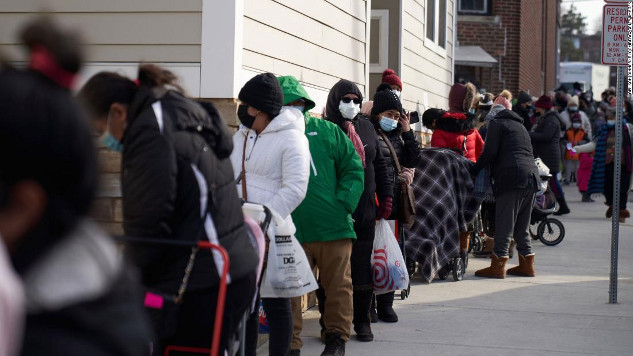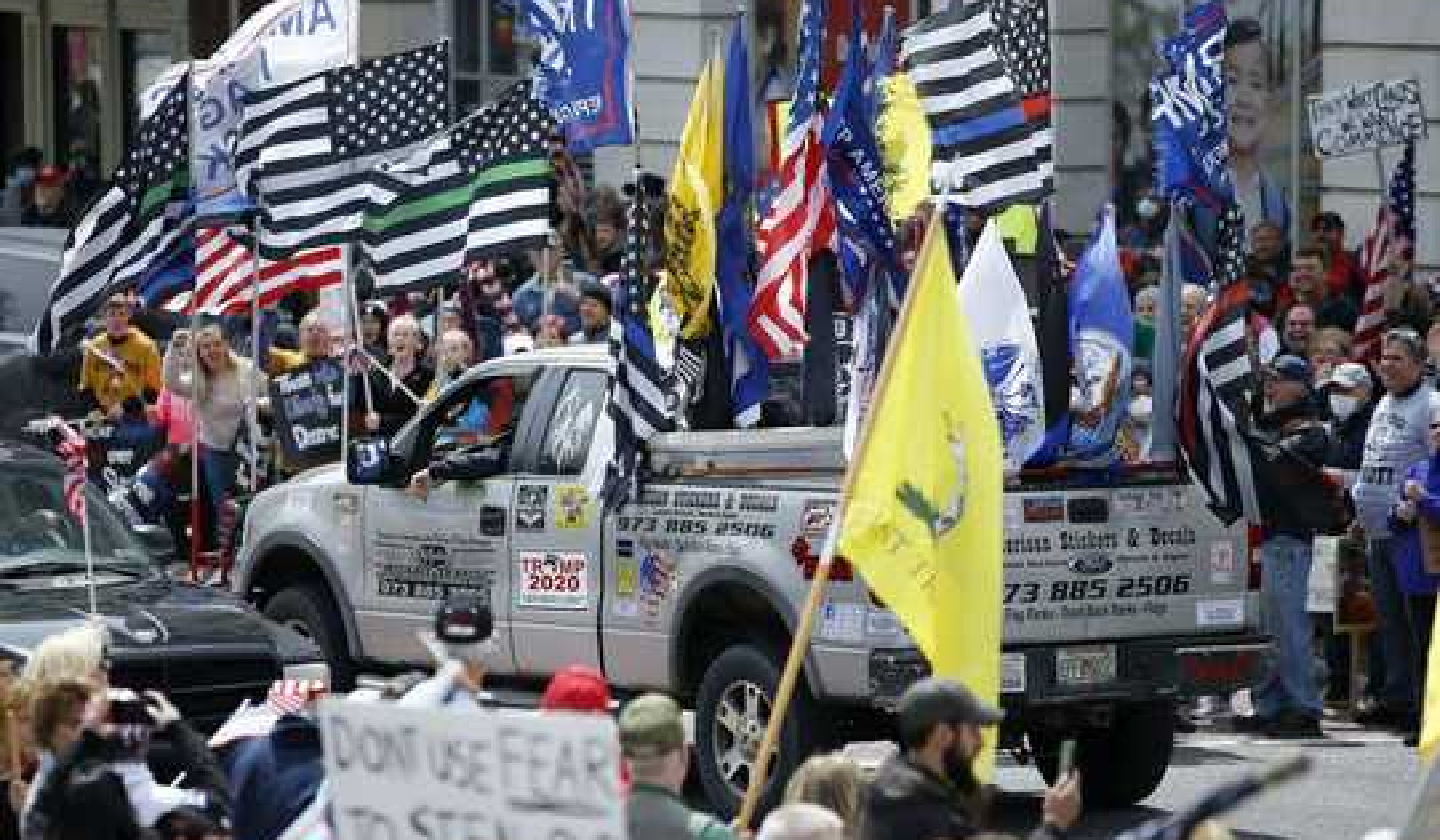
In this Article:
- What did COVID-19 reveal about race and health inequities?
- How can better data collection improve public health outcomes?
- Why is community engagement key to addressing health disparities?
- What role does culturally tailored communication play in public health?
- What are the actionable steps for improving health equity based on COVID-19 lessons?
How COVID-19 Highlighted Race and Health Inequities
by Sonia Anand, McMaster University et al
The COVID-19 pandemic has underscored the critical need for robust and equitable public health systems that address the population’s diverse needs. One of the most glaring issues during the pandemic was the lack of standardized definitions and consistent data collection methods regarding ethnicity and race within the health system. This gap was particularly evident in Canada in the discrepancies between federal and provincial systems.
The importance of data collection
During the pandemic, timely and accurate data on COVID-19 infectivity rates among different ethnic and racialized groups were insufficient. This hindered efforts to identify hotspots and effectively prioritize increased opportunities for testing and vaccinations.
The absence of such data reflects a broader issue: the need for structured and formalized data collection practices for public health purposes that do not depend on provincial priorities.
Currently, data collection varies across regions. Public health systems often do not collect self-reported ethnicity and race in a standardized and safe manner. They may not have digitized vaccine records, and often lack access to comprehensive health-care system data.
To be prepared for future epidemics, these gaps in the public health system must be addressed. As physicians and research experts we suggest the following “prescription,” which includes a three-pronged strategy.
1. Collect key demographic characteristics
First, provincial governments and public health organizations should begin routine collection of key demographic characteristics, including ethnicity and race, to identify hotspots — communities that have a higher caseload — of preventable infectious diseases. These data are essential for guiding evidence-based decision-making and improving public health responses.
At the federal level, the Disaggregated Data Action Plan (DDAP) aims to improve data collection from diverse populations and enable intersectional assessments considering sex/gender, ethnicity and race, and socioeconomic status. Collaboration between Statistics Canada, provincial and territorial governments is crucial to address data gaps, uncover health inequity, and inform policy and research priorities.
The federal government set an example with DDAP, and during the pandemic, the Public Health Agency of Canada (PHAC) worked closely with provincial and territorial colleagues, academics and research funders. During the COVID-19 pandemic PHAC strengthened its connection with communities, including facilitating by regular meetings with faith-based leaders, which exemplified the importance of ongoing community alliances.
Provincial and municipal data collection is necessary because public health responses are administered provincially. Localized data helps to address specific community needs. This was seen in Toronto’s neighbourhood-specific studies during the pandemic, which informed the deployment of mobile vaccine clinics.
In addition to quantitative data, qualitative data from the pandemic provides valuable lessons for public health officials. It’s crucial to highlight the experiences of essential workers who, lacking sick pay or worksite testing, continued to work even when symptomatic.
Another example is the neglect of higher-risk communities in prioritizing testing centres and early vaccine roll-out. This type of qualitative data helps paint accurate pictures of how inequities shaped transmission of the virus, to combat stereotypes and misinformation in public discussion about viral transmission, and helps ensure that the narrative does not falsely suggest these communities disregarded public health advice and continued to gather.
2. Community engagement
Second, community engagement and trust-building with marginalized groups is essential and should precede data collection. These can be identified in each region using census-level information, which includes information on type of housing, socioeconomic factors, age, and immigration and racialized status. During the COVID-19 pandemic, ethnic-specific research provided valuable insights into vaccine hesitancy and helped counter stigmatization narratives.
However, delays in engaging ethnically diverse communities in research were common, often due to the lengthy process of securing funding and ethics board approvals.
Vaccine hesitancy in marginalized communities was influenced by several factors: mistrust of the rapid vaccine development process, historical experiences of racism, and concerns about long-term side effects.
Health service providers, including public health officials, must foster ongoing dialogue with these communities about matters of population health — including healthy active living, healthy babies and mothers, and routine childhood vaccination. Building relationships with on-the-ground grassroots organizations, settlement agencies and faith-based groups plays a vital role in these conversations, helping to dispel misinformation and building trust.
3. Tailored communication
The third requirement is effective communication of culturally tailored information delivered in a language concordant with a community’s needs. In the pandemic, physicians and public health officials’ communication through mainstream media were consistently included as trusted sources of information among specific ethnic and race groups.
Furthermore, providing information regarding COVID-19 testing and vaccination availability in multiple languages, and delivery of services by people who looked like them was crucial in research studies of Black, South Asian, racialized and Indigenous communities. Linguistic and cultural matching between health-care workers, researchers and community members strengthens trust, while poorly translated health messaging begins to erode it.
The lessons learned from COVID-19 should prompt all levels of government to enhance co-ordination to deliver public health and respond efficiently and effectively for future outbreaks. Pandemic preparedness requires continuous community engagement and trust-building, which are prerequisites for effective data collection and public health response strategies.
Lessons from COVID-19
Unfortunately, the recent measles outbreak in southwestern Ontario reiterated the urgent need for rapid information sharing and dialogue with affected communities. The lessons from the COVID-19 pandemic should inform public health officials at all levels of government to work together in order to act swiftly and decisively in similar scenarios.
The COVID-19 pandemic has taught us that a one-size-fits-all approach is inadequate for addressing health inequities. A targeted, community-informed strategy is essential to improve public health responses to ensure equity for all Canadians. Moving forward, we must prioritize the collection and use of disaggregated data, build strong community partnerships, and ensure our public health systems are prepared to meet the needs of our entire population.![]()
Sonia Anand, Associate Vice-President Global Health, McMaster University; Sujane Kandasamy, Post Doctoral Fellow, Faculty of Social Sciences, Brock University, and Upton D. Allen, Professor, Department of Pediatrics, University of Toronto
Article Recap
The COVID-19 pandemic exposed significant health disparities among racial and ethnic groups, emphasizing the need for improved data collection, community trust-building, and culturally tailored communication. To address these disparities, public health systems must focus on collecting accurate demographic data, engaging marginalized communities, and delivering health information that resonates with diverse populations. These lessons will help create more equitable health outcomes in future pandemics.
This article is republished from The Conversation under a Creative Commons license. Read the original article.
Books on Inequality from Amazon's Best Sellers list
"Caste: The Origins of Our Discontents"
by Isabel Wilkerson
In this book, Isabel Wilkerson examines the history of caste systems in societies around the world, including in the United States. The book explores the impact of caste on individuals and society, and offers a framework for understanding and addressing inequality.
Click for more info or to order
"The Color of Law: A Forgotten History of How Our Government Segregated America"
by Richard Rothstein
In this book, Richard Rothstein explores the history of government policies that created and reinforced racial segregation in the United States. The book examines the impact of these policies on individuals and communities, and offers a call to action for addressing ongoing inequality.
Click for more info or to order
"The Sum of Us: What Racism Costs Everyone and How We Can Prosper Together"
by Heather McGhee
In this book, Heather McGhee explores the economic and social costs of racism, and offers a vision for a more equitable and prosperous society. The book includes stories of individuals and communities who have challenged inequality, as well as practical solutions for creating a more inclusive society.
Click for more info or to order
"The Deficit Myth: Modern Monetary Theory and the Birth of the People's Economy"
by Stephanie Kelton
In this book, Stephanie Kelton challenges conventional ideas about government spending and the national deficit, and offers a new framework for understanding economic policy. The book includes practical solutions for addressing inequality and creating a more equitable economy.
Click for more info or to order
"The New Jim Crow: Mass Incarceration in the Age of Colorblindness"
by Michelle Alexander
In this book, Michelle Alexander explores the ways in which the criminal justice system perpetuates racial inequality and discrimination, particularly against Black Americans. The book includes a historical analysis of the system and its impact, as well as a call to action for reform.
























